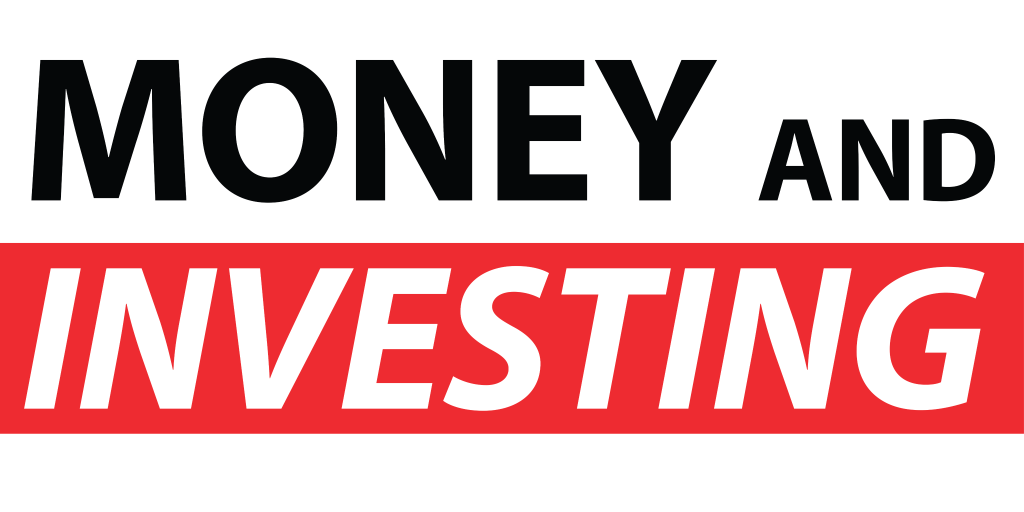Australia’s economic pulse has shifted again. With the Reserve Bank of Australia (RBA) delivering its second interest rate cut in this cycle, it is time to look closely at what this move means for households, property owners, investors and savers.
Homeowners Breathe Easier, But Not Everyone Wins
For homeowners with a mortgage, this cut provides clear breathing room. Rates have been lifted aggressively in recent years to contain inflation, stretching many families to their financial limit. Easing the cash rate by another 25 basis points brings slight but helpful relief. On a half million dollar mortgage, repayments drop by about 80 to 100 dollars per month. For a million dollar loan, the saving can be around 200 to 250 dollars monthly.
However, only about a third of Australian households carry a mortgage on their main home. Another third own outright, and the rest rent. So, while this cut helps mortgage holders, renters and savers may feel unintended consequences.
Will Cheaper Money Lift the Sharemarket?
Lower rates usually support share prices. When borrowing costs drop, companies can fund new projects and expansion more affordably. This allows better margins, new jobs and possibly higher dividends for investors.
More disposable income in households can also lift consumer spending, driving stronger earnings for retailers and service businesses. In theory, these conditions support a healthy sharemarket.
However, cheaper credit can rekindle inflation. As spending lifts, demand can outpace supply, pushing prices higher again. Australia’s inflation target sits at 2 to 3 per cent. Right now, it is roughly on target, but more cuts could shift that balance.
Property Prices: A Double-Edged Sword
Lower borrowing costs often fuel housing demand. Buyers can afford larger loans, and repayments feel more manageable. This typically pushes property prices higher.
But higher prices make it harder for first home buyers to enter the market. Young Australians already face record debt loads compared to wages. First home buyers now spend about 14 times their annual income on a property, compared to about four times in the 1970s.
Some might argue for policy changes, like requiring bigger deposits for investment properties to curb investor-driven demand. Yet any serious reform here remains unlikely for now.
Fixed Income and Savers Feel the Pinch
One downside of falling rates is felt by retirees and conservative investors. Term deposits and bond yields drop alongside the cash rate. Lower interest payments mean savers must look elsewhere to keep up with inflation.
In practice, savers face the risk of seeing their buying power shrink if returns do not match rising living costs. Holding large sums in cash, despite feeling safe, often costs more in lost opportunity than it saves in perceived stability.
The Dollar and Imported Costs
Another ripple effect of rate cuts is a softer Australian dollar. As rates drop here while other countries hold firm, our currency weakens. Imports become more expensive, feeding inflation through the back door.
This can make everyday essentials like fuel, food and electronics more costly over time.
What to Do With Your Cash?
So, how should you respond? Sitting on cash alone is not a plan. Savers must accept that a so-called risk-free five per cent interest rate can quickly erode when adjusted for tax and the real cost of living.
Assets that grow over time, such as shares, selected property, and even physical gold, can help offset this erosion. For newcomers, index funds and diversified ETFs are simple ways to get started.
Those with larger portfolios may explore quality property deals, growth stocks in sectors like tech and artificial intelligence, or a modest position in precious metals as a store of wealth.
Keep Learning and Stay Informed
Interest rate cycles will always shift. The key is to stay informed and ready to adapt. While lower rates ease mortgage stress today, they bring trade-offs: rising living costs, rent pressure and squeezed income for savers.
Build a plan that balances growth and risk. Diversify your investments and think beyond today’s interest rate news.
For practical strategies and step-by-step tools to future-proof your wealth, visit www.wealthplaybook.com.au and access resources designed to help Australians thrive in changing markets.



